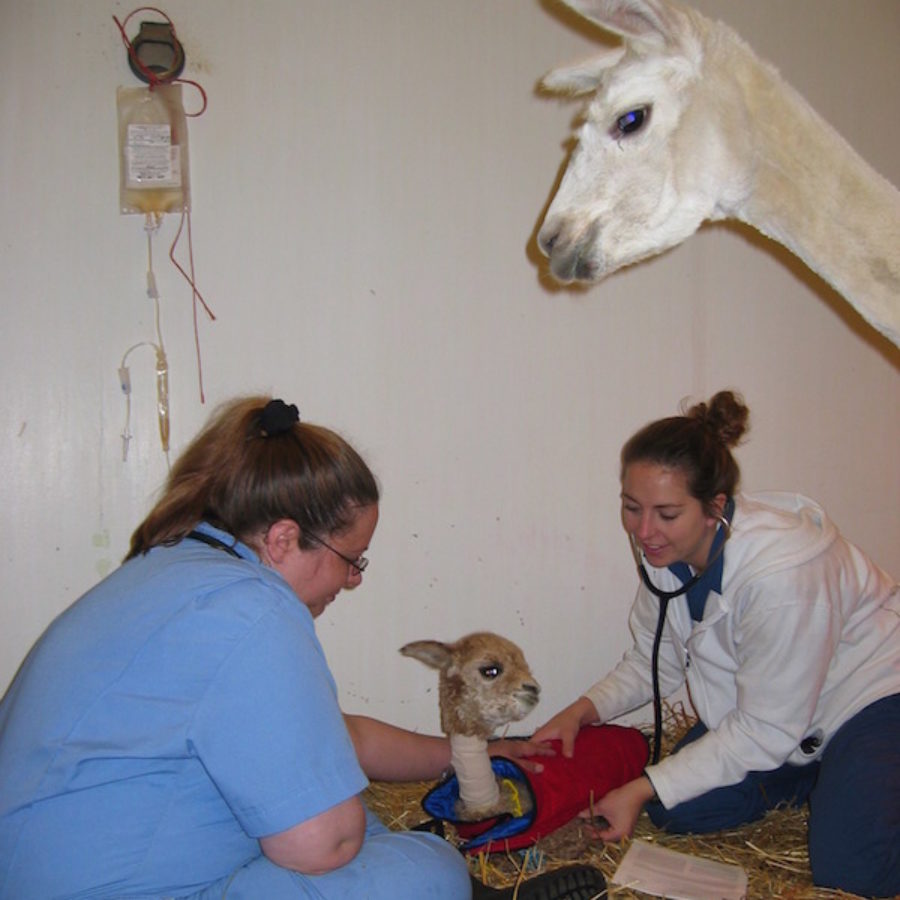Placing Microchips in Camelids
Placing microchips in camelids is a really useful husbandry skill to learn. As an owner you can place microchips yourself. However, if you are not confident you can always ask your vet to do this for you or show you how! Microchips are used as a means of electronically identifying animals with a unique identifier….
Read more

